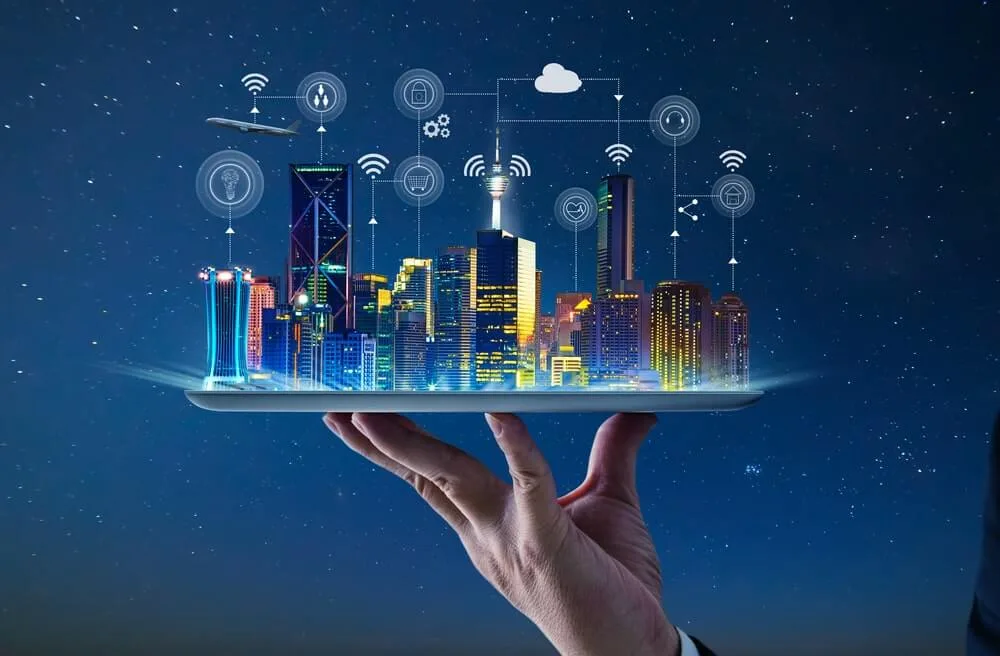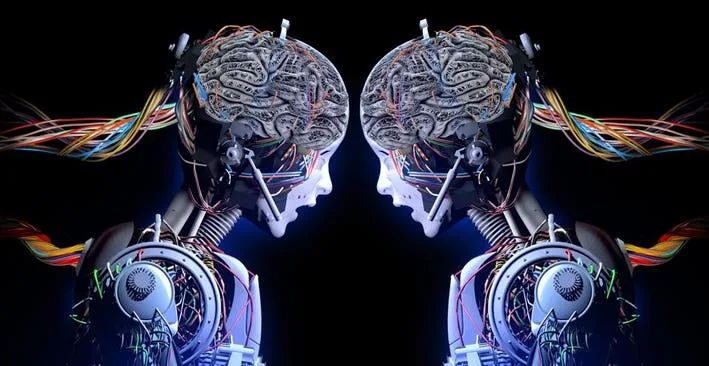
The Evolution of Smart City Technology
As urban landscapes continue to expand, the integration of smart city technology emerges as a pivotal revolution, redefining how cities operate, enhance quality of life, and tackle urban challenges. This comprehensive review delves into the technologies driving this transformation, their applications, potential, and the debate on whether they represent a fleeting trend or the blueprint for future cities.
What Kind of Technology and When Did It Appear
The concept of smart city technology, rooted in the use of IoT devices, AI, and big data analytics, began gaining traction in the early 21st century. These technologies collaborate to create interconnected urban ecosystems that optimize city functions and promote economic growth while prioritizing sustainability.
How Smart City Technology Works
At its core, smart city technology involves the collection and analysis of data through sensors and analytics software. This data-driven approach enables city planners to monitor, manage, and improve urban infrastructure efficiently.
From traffic management systems that reduce congestion to smart grids that optimize energy consumption, the technology offers a holistic solution to urban challenges.
Moreover, smart city initiatives enhance public safety through advanced surveillance systems and emergency response strategies, making cities safer for inhabitants.
Where It Is Already Used
Globally, cities like Singapore, Barcelona, and New York have pioneered the adoption of smart city solutions, showcasing significant improvements in public transport, waste management, and energy usage.
In Asia, Singapore’s Smart Nation initiative stands out, leveraging technology to improve citizens’ health, mobility, and even governance.
Europe’s Barcelona has transformed its urban landscape with IoT innovations in lighting and parking, while New York’s LinkNYC project replaced payphones with Wi-Fi kiosks, proving the diverse applicability of smart technologies.

What Is the Potential of This Technology
The potential of smart city technology is boundless, promising a future where urban environments are more livable, resilient, and sustainable. Here are five key points highlighting its potential:
- Enhanced public safety and security
- Efficient resource management leading to sustainability
- Improved transportation and reduced traffic congestion
- Greater public engagement through digital platforms
- Advanced healthcare services through telemedicine and health monitoring systems
Where Else It Can Be Used
Beyond urban settings, smart technology can revolutionize rural areas, improving access to education, healthcare, and employment opportunities. Additionally, its principles can be applied to create smart campuses, hospitals, and even airports, showcasing its versatility and wide-ranging impact.
Is a Temporary Trend or Promising Future
While skepticism exists, the consistent growth and success of smart city projects across the globe underscore their potential to address some of the most pressing urban challenges of our time. Far from being a temporary trend, smart city technology is paving the way for a sustainable, efficient, and inclusive urban future, marking a new chapter in urban development.
As technology evolves, so too will the capabilities and reach of smart cities, making them a cornerstone of modern civilization.


